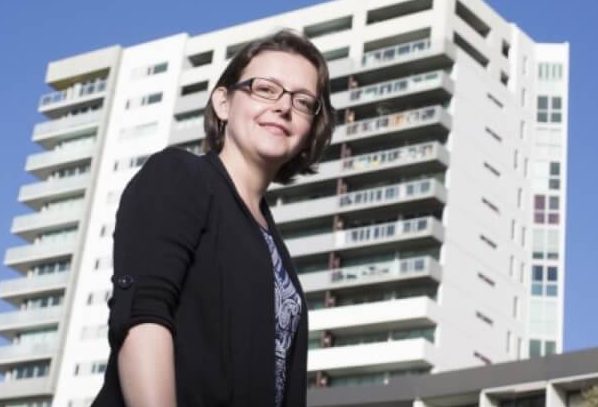Too many Australians living in apartments have too little choice over where they live, are disproportionately affected by the challenges of apartment living, and are less likely to have the resources to help them respond to those challenges, claims a new report.
And governments and developers need to do a lot more in the design and delivery of apartments to make high and medium rise communities more liveable for this large sector of their residents … or face a financial and social backlash in the future
Ten per cent of the Australian population lives in apartments, with 85 per cent of them living in capital cities, says the report ‘Improving outcomes for apartment residents and neighbourhoods’ from the Australian Housing and Urban Research Institute (AHURI).
Lower-income households are over-represented in the apartment population, and there are identifiable concentrations of lower-income apartment residents in Australian cities, it adds. This can have a profound effect on individuals, families and communities.
And government and developer community planning doesn’t just mean a few cafes and retail shops, says the study.
Lower-income residents need free facilities like libraries, community centres and open spaces. Failure to address their needs will “undermine the future prosperity and cohesion of Australian cities.”
“Lower-income apartment residents often have less choice and influence over the housing or location in which they live, and fewer resources available to respond to challenges that arise”, says lead author of the report, Associate Professor Dr Hazel Easthope from UNSW Sydney.
“There is a lot of room for further innovation in the design, delivery and management of apartment buildings and neighbourhoods to improve quality of life for residents,” she adds.
The study was undertaken by researchers from UNSW Sydney, University of Sydney, RMIT University and Western Sydney University. It founds that a broad cross-section of Australians live in apartments, but lower-income households are over-represented.
And they are disproportionally affected by challenges associated with apartment living, as they often have less choice and less control over their living situation.
Innovation in building and neighbourhood design and management, as well as ongoing community engagement, can radically improve the quality of life for residents, the report says. And a significant factor was how well (or otherwise) the urban redevelopment was coordinated by government agencies.
The report examines the demographic characteristics of lower-income apartment residents in Australia and the types of buildings and neighbourhoods they live in, claiming it’s especially important to provide good quality shared spaces.
‘Lower-income apartment residents often live in buildings with few shared spaces so the public shared spaces in their neighbourhoods are at risk of overuse,” it says.
“Having access to local community facilities and spaces—such as libraries, community centres, parks—is essential for apartment residents on lower incomes as they are less likely to be able to afford to use other commercial spaces such as cafes.’
The research also found that relying on developer contributions to fund public infrastructure as part of large scale neighbourhood redevelopments often had problems as it meant their completion was dependent on commercial companies’ priorities.
The research looked at four case studies of areas in Sydney and Melbourne that have seen large-scale apartment development and examined how these areas catered to the needs of lower-income residents.
The pressure on planning authorities to ensure developments are both publicly beneficial and privately profitable is challenging, says the report. While there was evidence of positive outcomes, there were also signs of speculative activity and inflated property values driving displacement, and developers overpaying for land then reducing quality to recoup costs.
The report can be downloaded from the AHURI website HERE at www.ahuri.edu.au/research/final-reports/329.





This is now being discussed in the Flat Chat Forum